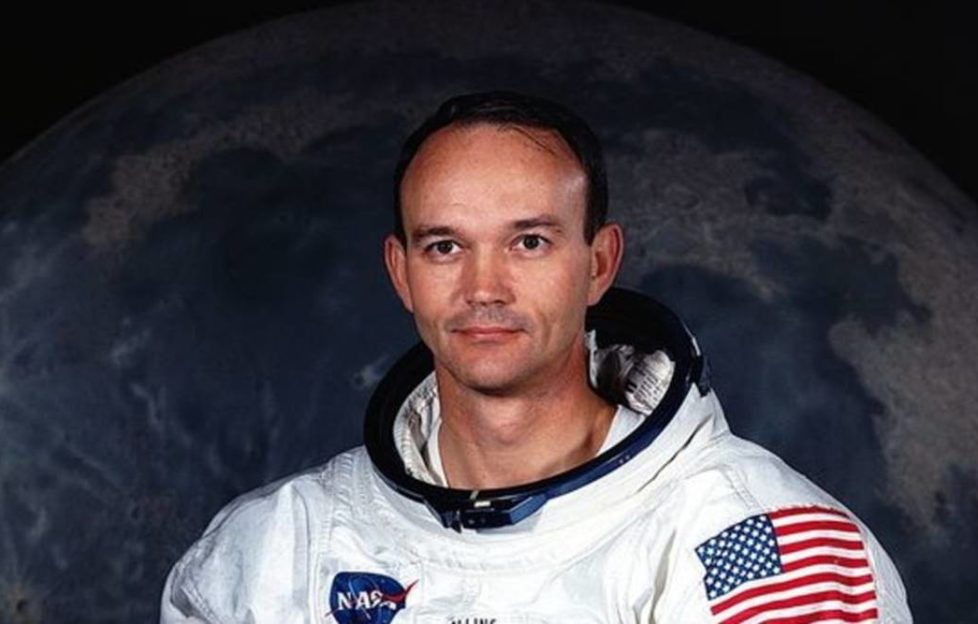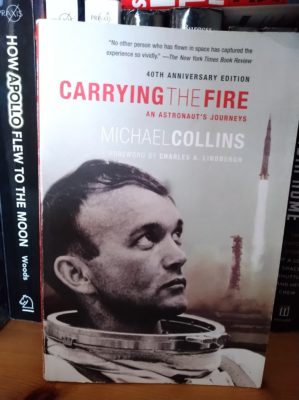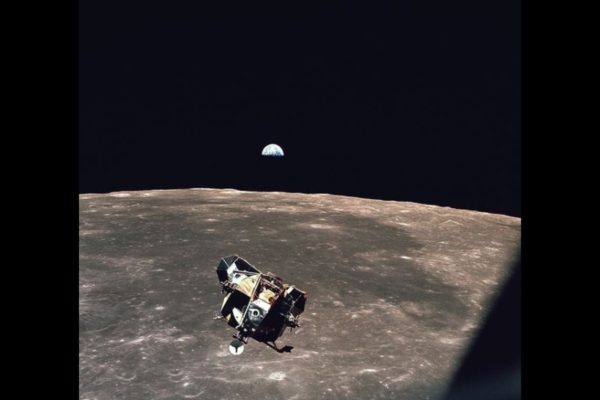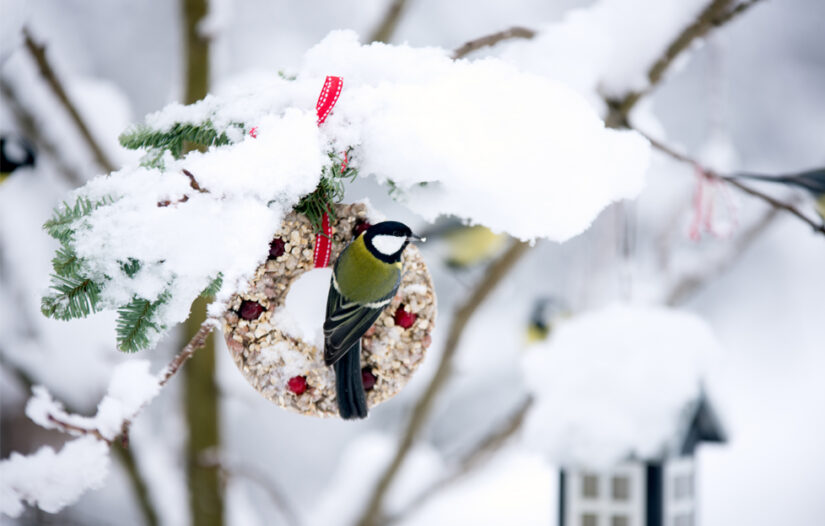
Mother Earth lost one of her greatest sons on Wednesday with the passing of Apollo 11 astronaut Michael Collins.
He became part of history when he was Command Module Pilot (CMP) of the mission that saw humans venture beyond our planet and on to the Moon.
People mostly say, “He was the one that didn’t actually get to walk on the Moon” as though his part of the mission was somehow less valid and valued.
But like the subsequent six CMPs his role was one that could mean the difference between life or death for the Apollo crews. The were in charge of many integral parts of the mission including getting back to Earth safely. That meant not burning up on re-entry or skipping off Earth’s atmosphere.
Let’s rewind a little though.
One of the finest
Michael Collins was born in Rome on October 31st, 1930. His father was in the Army and the family were living there at the time.
He went on to attend the prestigious West Point Military Academy and after a time in the US Air Force as a test pilot he was chosen by NASA to be part of their third intake of astronauts.
I have read rather a lot of space and astronaut related books. From the early Mercury, Gemini and Apollo programmes, all the way through to ones about the International Space Station. And books that deal with the Russian programme, too.
Out of the all these books though, one of the finest is undoubtedly “Carrying The Fire” by Michael Collins.
He also wrote the book by himself, no co-author or ghost writer for him.

Photograph by Tracey Steel.
He was so much more than an astronaut. He was a poet, painter and a gardener, and also a devoted family man.
Given the opportunity to walk on the Moon as Commander of Apollo 17, he declined as he felt that he’d spent enough time away from his family.
He was part of the Gemini X crew (this was the programme before Apollo), that saw him undertake two dangerous spacewalks, and he was given the job of overseeing the development of the spacesuits that the Apollo astronauts would go on to wear on their lunar journeys.
“To go places and do things that have never been done before – that’s what living is all about.”
When he was chosen to be part of the Apollo 11 crew that would attempt the first Moon landing, all anyone thought about was the two men who walk on the Moon, but people still don’t understand the skill and bravery it took to stay in the Command Module, have to rendezvous with the lunar module when it left the Moon’s surface and then get your crew back to Earth safely.
There was also the thought at the back of every CMPs mind that they may have to return alone without their crewmates if something happened to the lunar module.
Michael Collins retired from NASA after his historical mission and went on to become the director of the National Air And Space museum.
He also devoted time to his family, his painting and his roses. He’ll be remembered for his warmth, wit and being part of an era when anything seemed possible. The great man said it perfectly . . .
“It’s human nature to stretch, to go, to see, to understand. Exploration is not a choice, really; it’s an imperative.”

Photograph by NASA.
This photo was taken by Michael Collins from the Command Module Columbia.
He is the only member of humanity at that time not in the photo. Neil and Buzz are in the lunar module and all humankind are on Earth . . .
Godspeed, Sir.
For more Apollo features, click here.
For more from the “Friend” team, click here.




